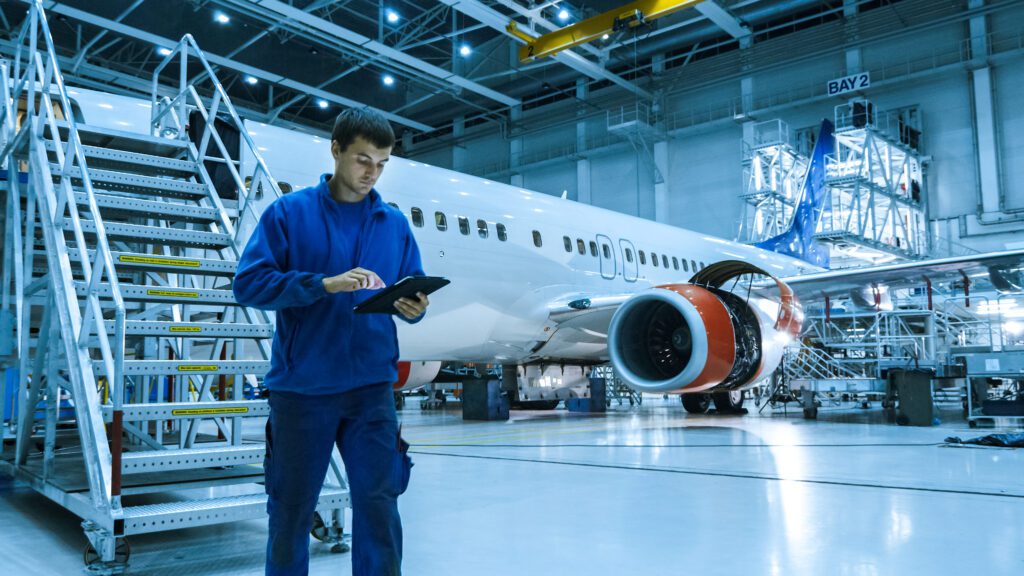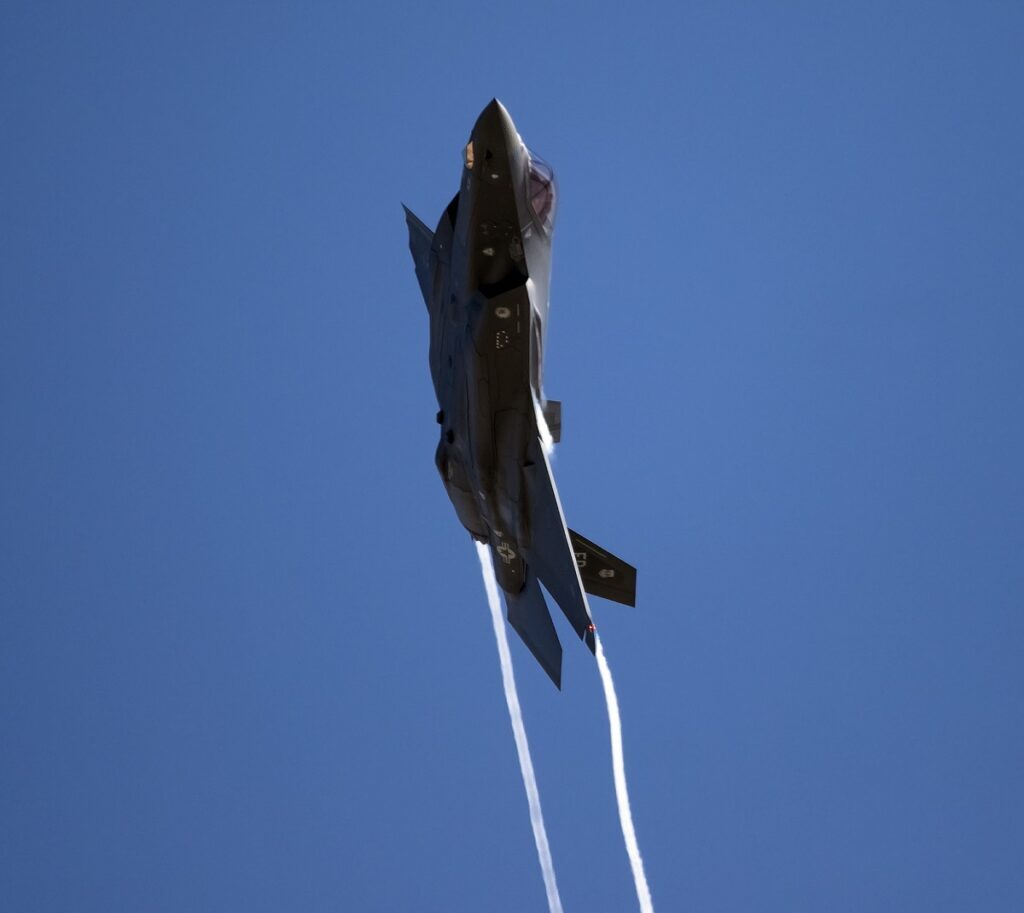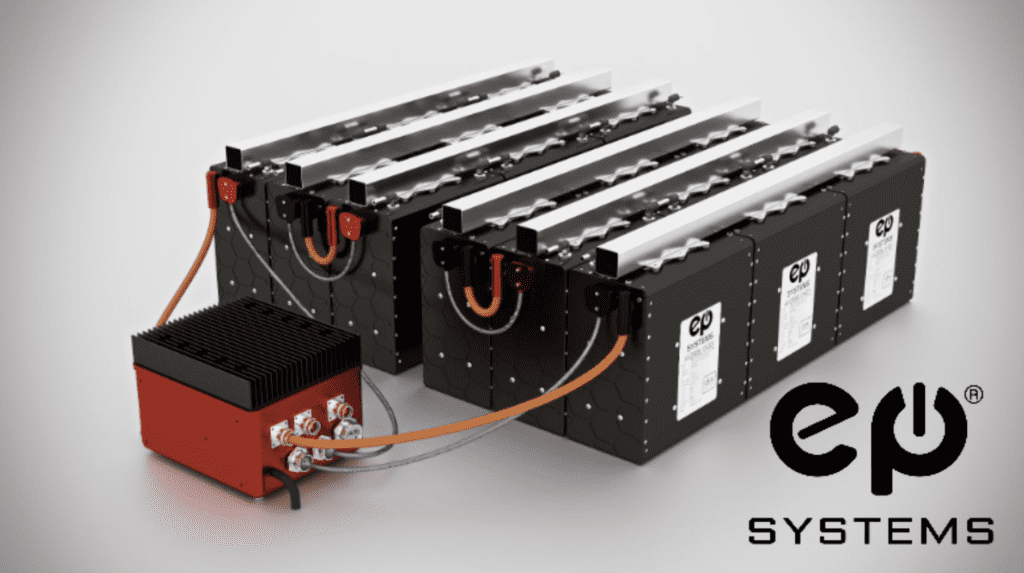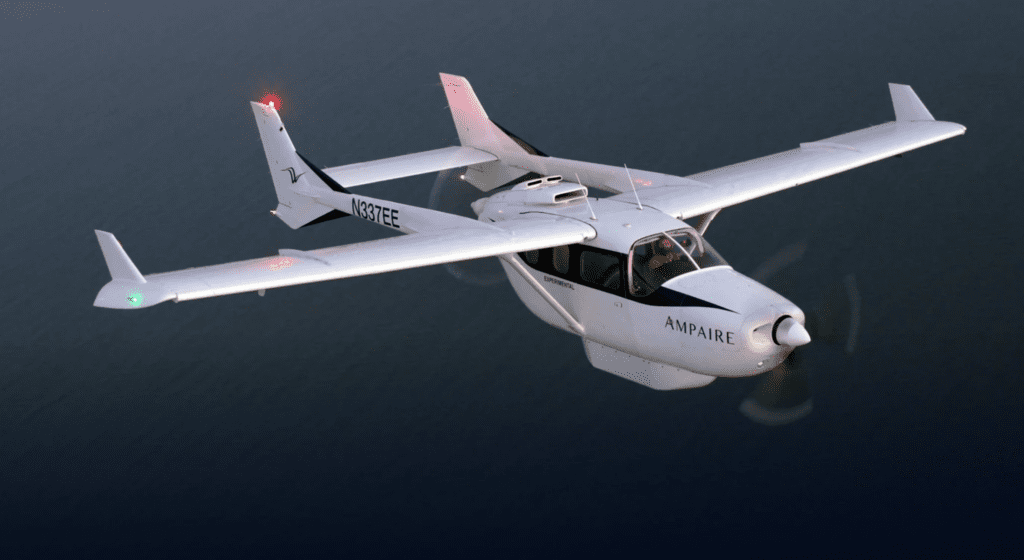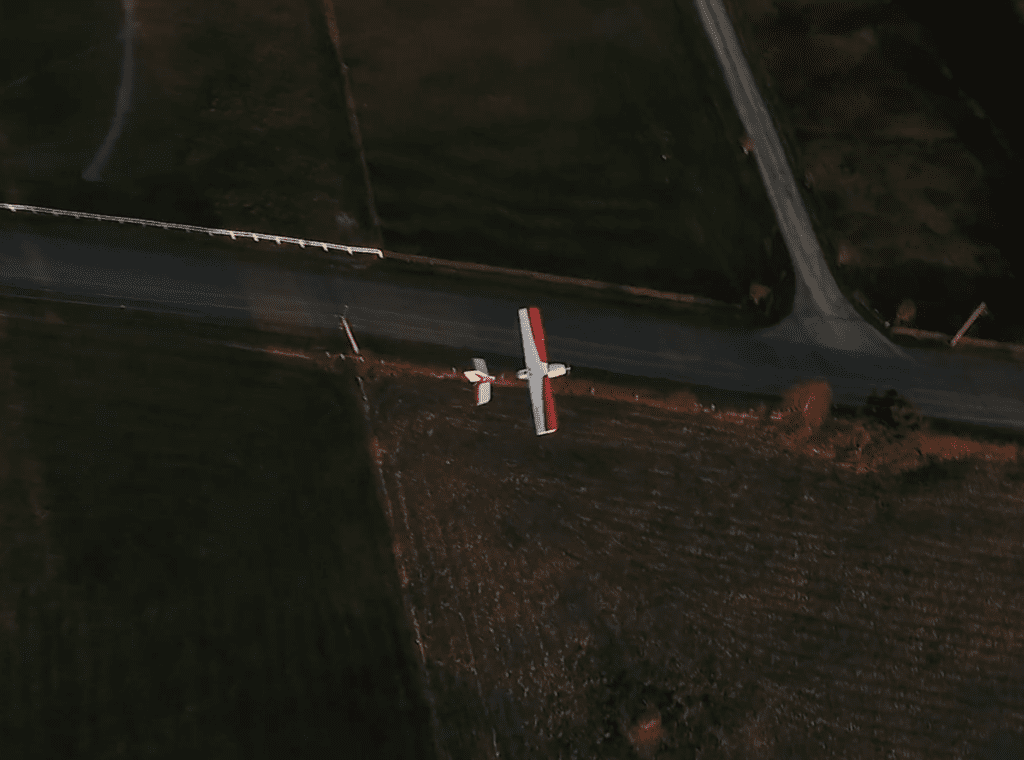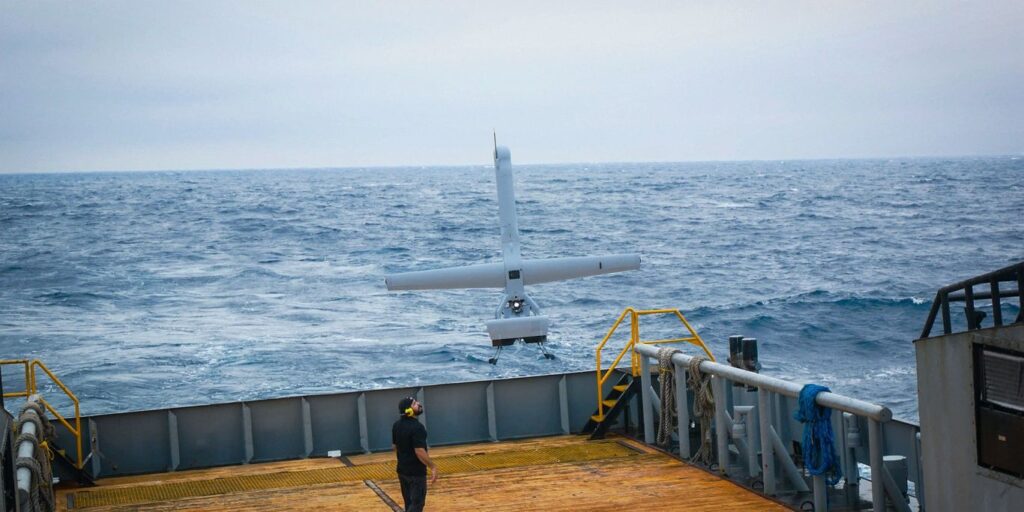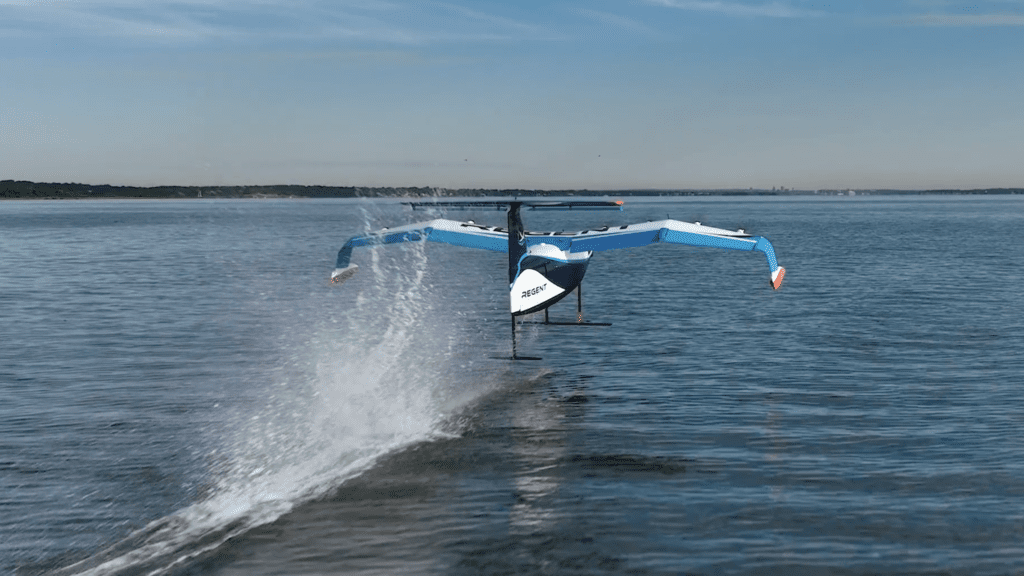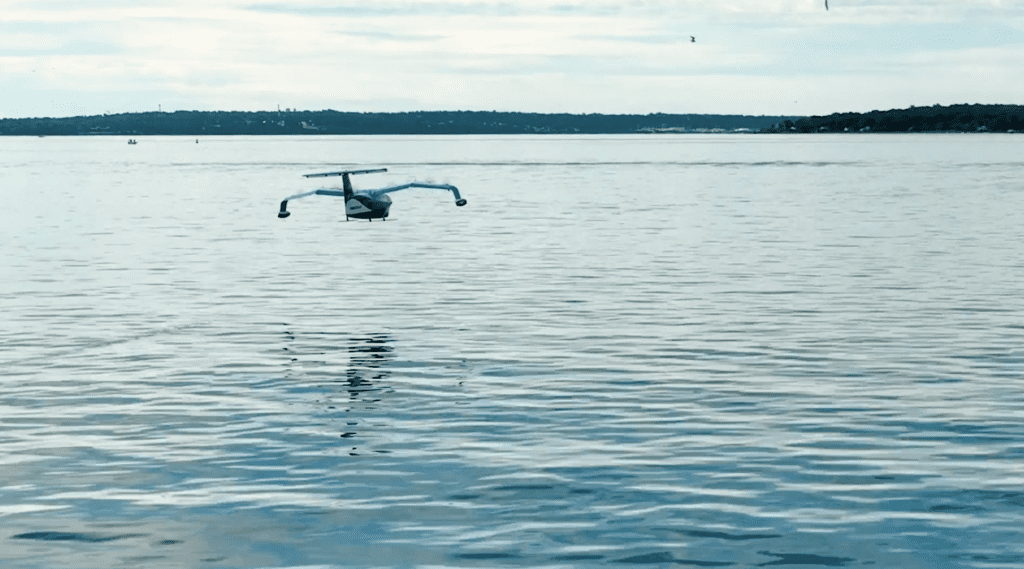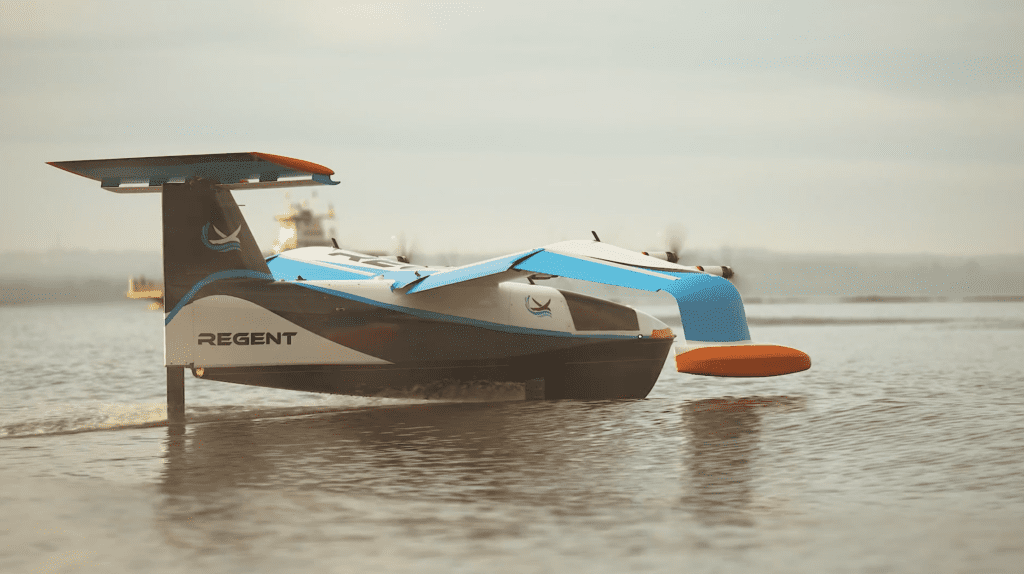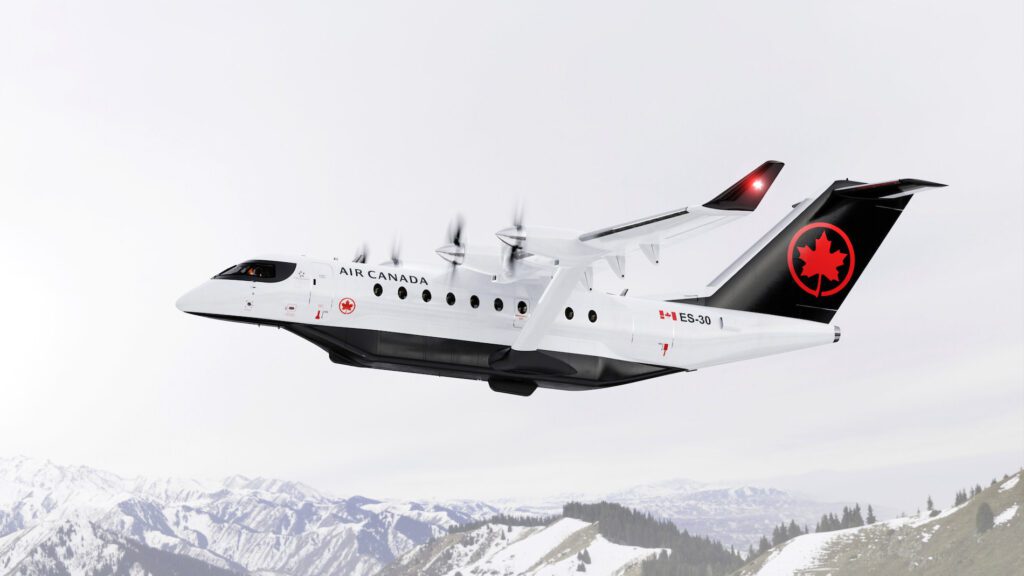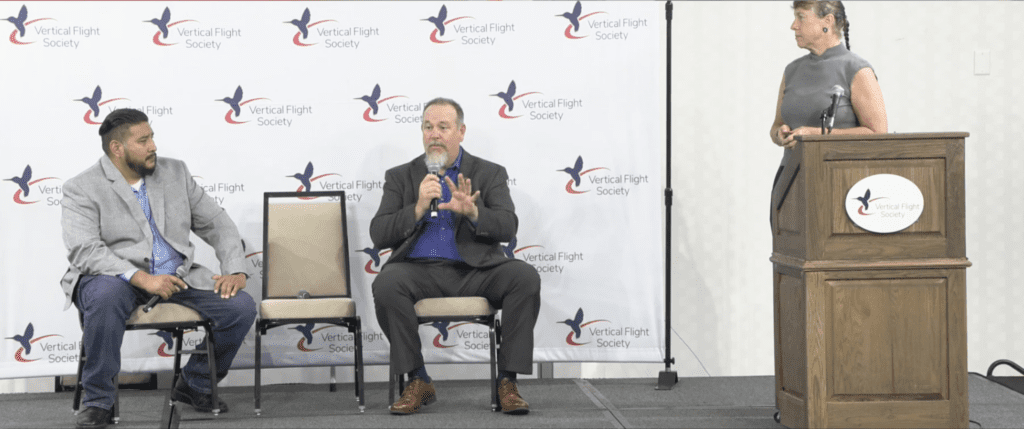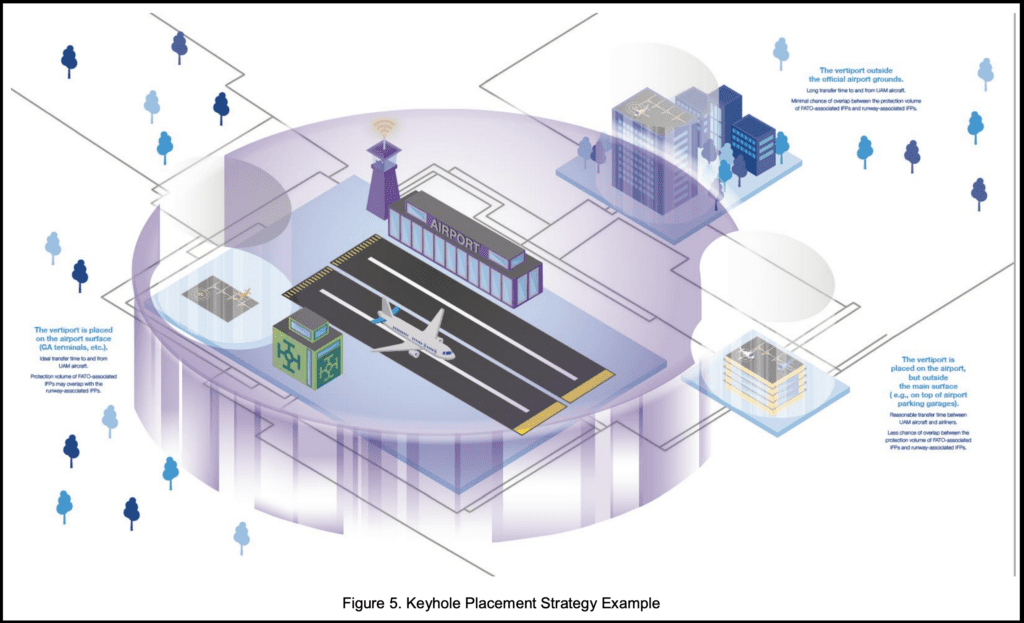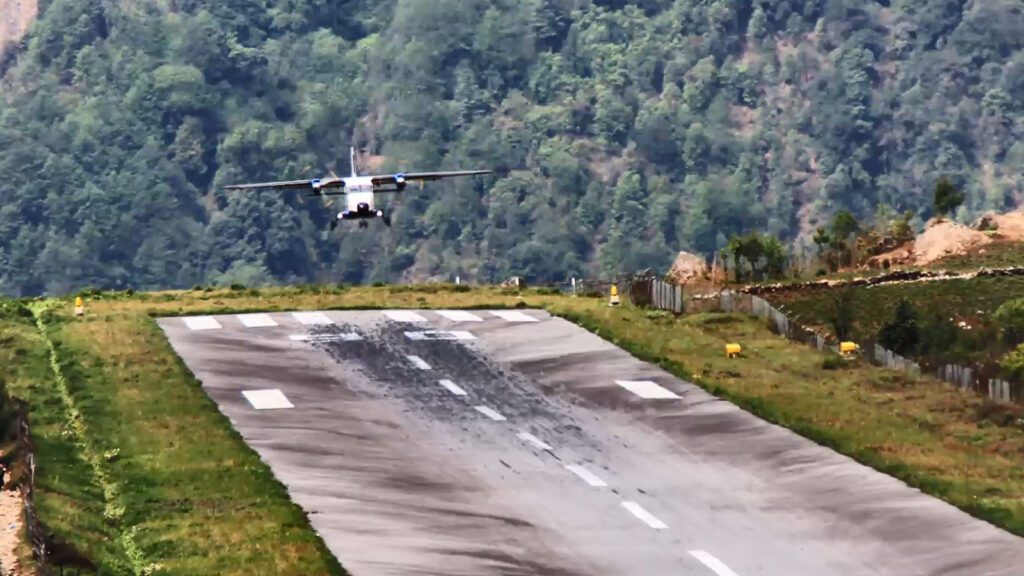Boeing Agrees to $200M Settlement for Misleading Statements on 737 MAX Flight Control System
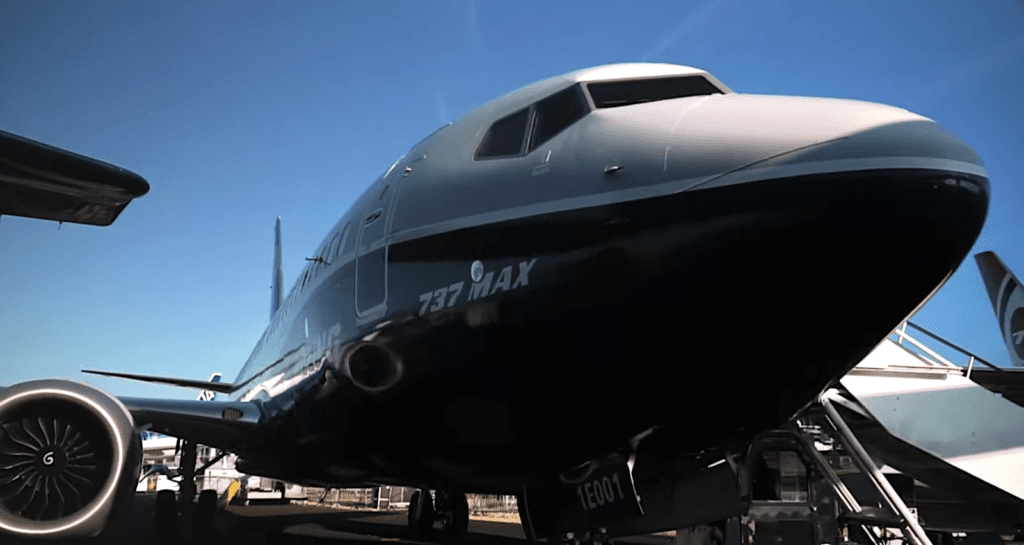

(Photo: Boeing)
Boeing and Dennis Muilenburg—who served as president and CEO of the company from July 2015 to December 2019—agreed to pay fines separately under a Sept. 22 settlement announced by the Securities and Exchange Commission (SEC). The separate settlements are related to misleading statements made by Boeing and Muilenburg about the 737 MAX’s flight control system following fatal crashes of the aircraft involving Lion Air and Ethiopian Airlines in 2018 and 2019.
Both the October 2018 Lion Air and March 2019 Ethiopian Airlines 737 MAX crashes involved malfunctioning of the aircraft’s Maneuvering Characteristics Augmentation System (MCAS). According to the SEC, Muilenburg and the Boeing Company violated “the antifraud provisions of federal securities laws,” by publicly stating the airplane was safe and had no gaps in its certification process despite already being aware of “contrary information.”
“Without admitting or denying the SEC’s findings, Boeing and Muilenburg consented to cease-and-desist orders that include penalties of $200 million and $1 million, respectively,” the SEC writes in a Sept. 22 press release. “A Fair Fund will be established for the benefit of harmed investors pursuant to Section 308(a) of the Sarbanes-Oxley Act of 2002.”
The agency issued two separate cease-and-desist orders to Boeing and Muilenburg, each pointing to specific instances following the Lion Air Flight 610 crash and the Ethiopian Airlines Flight 302 crash where each failed to “exercise reasonable care” in making statements about the safety of the 737 MAX.
As it has been shown in a series of international government-industry accident reports and reviews of both crashes, the fatal accidents were the result of erroneous activation of the 737 MAX’s MCAS system. Boeing originally developed MCAS as a feature on the MAX designed to automatically command the aircraft’s nose-down stabilizer to enhance pitch characteristics when entering steep turns with elevated load factors and flaps up conditions that are approaching stall.
Investigations into both the Lion Air and Ethiopian accidents revealed that neither flight was approaching stall conditions at the time MCAS activated. On both flights, erroneous signals from the system’s external sensor repeatedly triggered MCAS while the plane was climbing at a normal angle and the pilots were unable to regain control of the aircraft following the unintended activations, according to the cease-and-desist orders issued by SEC.
“Boeing and Muilenburg put profits over people by misleading investors about the safety of the 737 MAX all in an effort to rehabilitate Boeing’s image following two tragic accidents that resulted in the loss of 346 lives and incalculable grief to so many families,” Gurbir S. Grewal, Director of the SEC’s Enforcement Division, said in a statement. “But public companies and their executives must provide accurate and complete information when they make disclosures to investors, no matter the circumstances. When they don’t, we will hold them accountable, as we did here.”
The settlement is the latest regulatory action taken against Boeing by the U.S. government since October 2021, when former Boeing 737 MAX Chief Technical Pilot was indicted for fraud.
The FAA became the world’s first civil aviation regulatory agency to approve the MAX’s return to passenger-carrying service in November 2020, after the two crashes led to a 19-month grounding of the global in-service fleet. Since then, other agencies including EASA and Transport Canada issued individual region-by-region approvals of its return to service.
All of the approvals included requirements for software updates and improvements to the flight control laws that permit the activation of MCAS along with other display system and wiring changes to the system. In April, during Boeing’s first quarter 2022 earnings call, current president and CEO Dave Calhoun said that a little more than a year after its return to service, airlines had logged more than 1 million flight hours on the re-certified MAX.
Ethiopian Airlines also officially resumed flight operations of its first re-certified MAX in February. Boeing’s latest reported data shows that at the end of August, the company has received 373 total orders for the MAX this year.
The post Boeing Agrees to $200M Settlement for Misleading Statements on 737 MAX Flight Control System appeared first on Avionics International.
—————
Boost Internet Speed–
Free Business Hosting–
Free Email Account–
Dropcatch–
Free Secure Email–
Secure Email–
Cheap VOIP Calls–
Free Hosting–
Boost Inflight Wifi–
Premium Domains–
Free Domains






